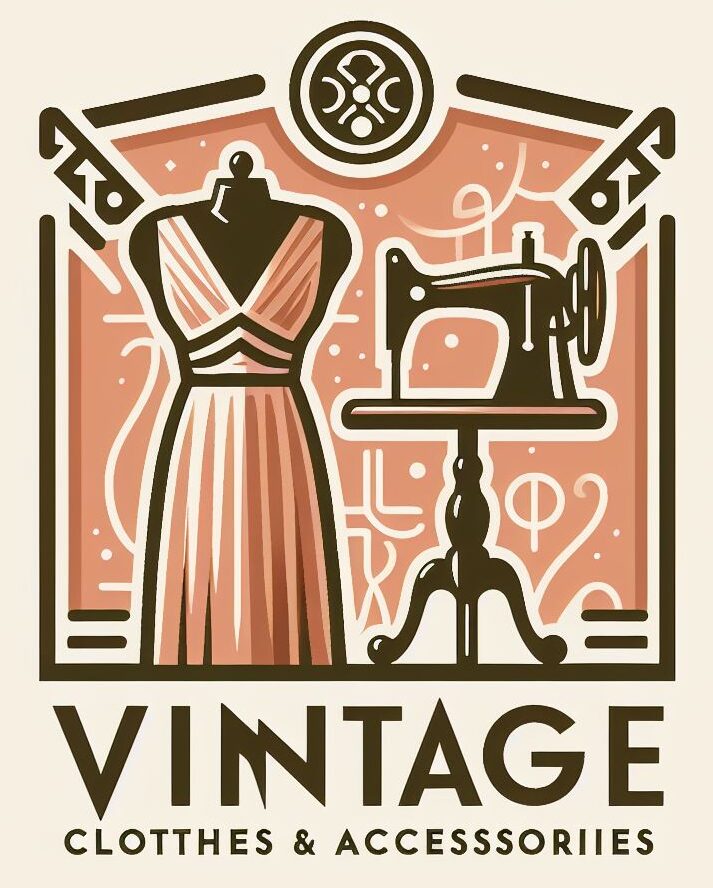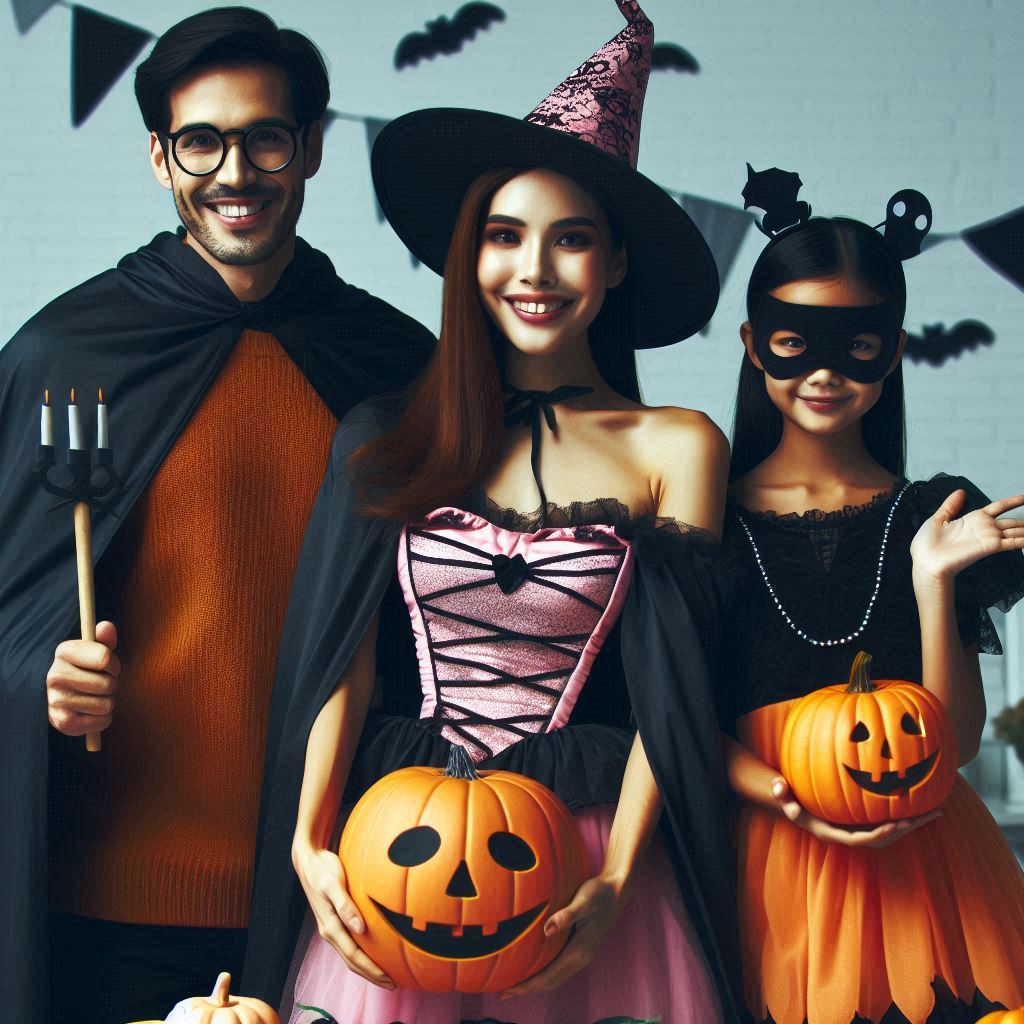
Origins and History of All Hallows Eve
The origins of All Hallows’ Eve – now commonly known as Halloween, trace back to ancient traditions and religious observances that have evolved over centuries starting in Ireland, UK and other nations prior to migrating to the US.
Origins: Celtic Festival of Samhain
Halloween’s roots are linked to the ancient Celtic festival of Samhain –celebrated on 31st October to mark the end of the harvest season and the beginning of winter. The Celts, who lived in areas that are now Ireland, the United Kingdom, and northern France – believed that on this night, the boundary between the world of the living and the dead became blurred. The Celts thought the spirits of the dead would return to the earth, causing disturbance, damaging their crops, and facilitating Druids (Celtic priests) to make predictions about the future.
To commemorate this event, Druids built sacred bonfires encouraging gatherings to burn crops and animals – as sacrifices to the Deities. During these celebrations, the Celts wore costumes, typically made from animal skins, and attempted to tell each other’s fortunes.
Roman Influence: Feralia and Pomona
When the Romans conquered Celtic territories in 43 AD, they incorporated elements of their own festivals into Samhain. Two Roman festivals, Feralia (a day to honor the dead) and Pomona (celebrating the goddess of fruit and trees), were blended with the Celtic traditions. The apple – a symbol of Pomona, is believed to be linked to the tradition of bobbing for apples on Halloween.
Christian Influence: All Saints’ Day
By the 9th century, the spread of Christianity began to influence the festival. In 1000 AD, the Church designated November 1 as All Saints’ Day (or All Hallows), a day to honor saints and martyrs. The night before, October 31, became known as All Hallows’ Eve and later – Halloween. This was a time for the faithful to prepare for the sacred day, though many still observed the older traditions of Samhain.
The Church also introduced All Souls’ Day on November 2 as a day to honor the dead. All Saints’ Day and All Souls’ Day were both celebrated with bonfires, parades, and dressing up in costumes as saints, angels, and devils – drawing from older pagan traditions.
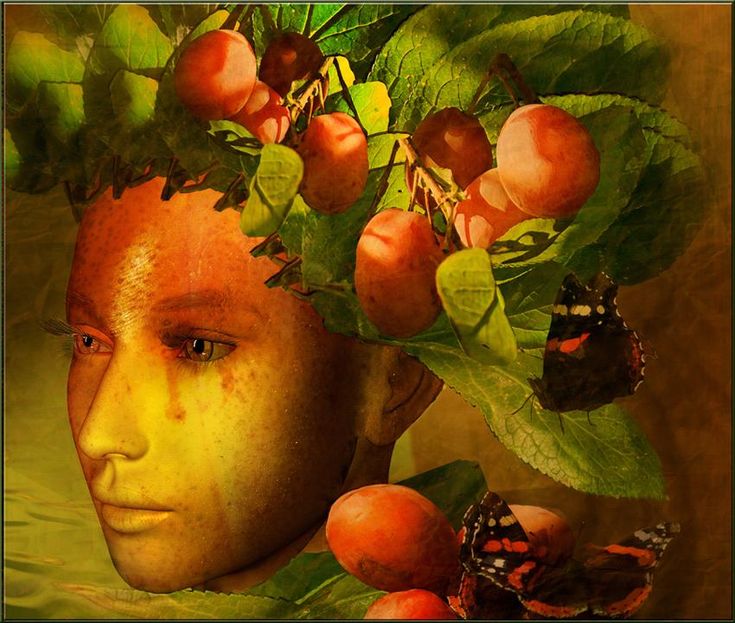
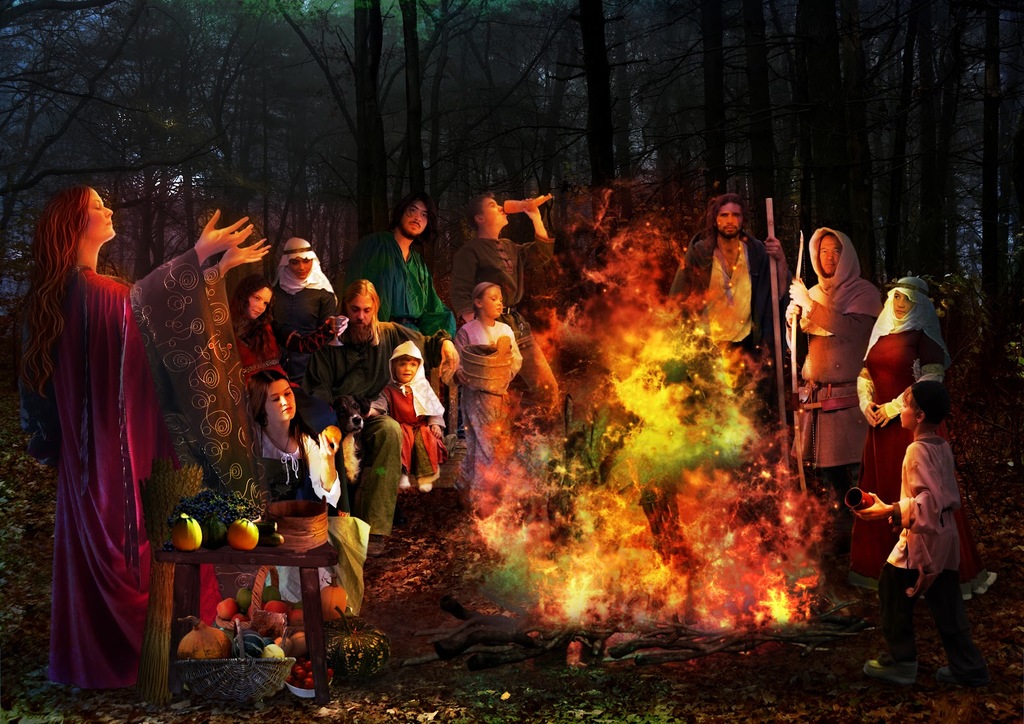
Modern Traditions
Over time, Halloween evolved. When European immigrants, particularly the Irish fleeing the Potato Famine, arrived in America during the 19th century, they brought their Halloween customs with them. It gradually became popular in the United States, merging with American Indian and colonial autumn traditions, like ghost story and trouble-making. The tradition of trick-or-treating likely evolved from the British practice of “souling”, where the poor would go door to door on All Souls’ Day, offering prayers for the dead in exchange for food.
By the early 20th century, Halloween had become more secular, with the focus shifting to community and children’s celebrations. The holiday evolved into what we know today – marked by costumes, trick-or-treating, parties, and haunted attractions.
Symbolism and Evolution
The symbols associated with Halloween today, like jack-o’-lanterns, also have historical roots. Originally, people in Ireland carved turnips or potatoes to ward off evil spirits, but when these immigrants arrived in America, they found that pumpkins (native to North America), were easier to carve.
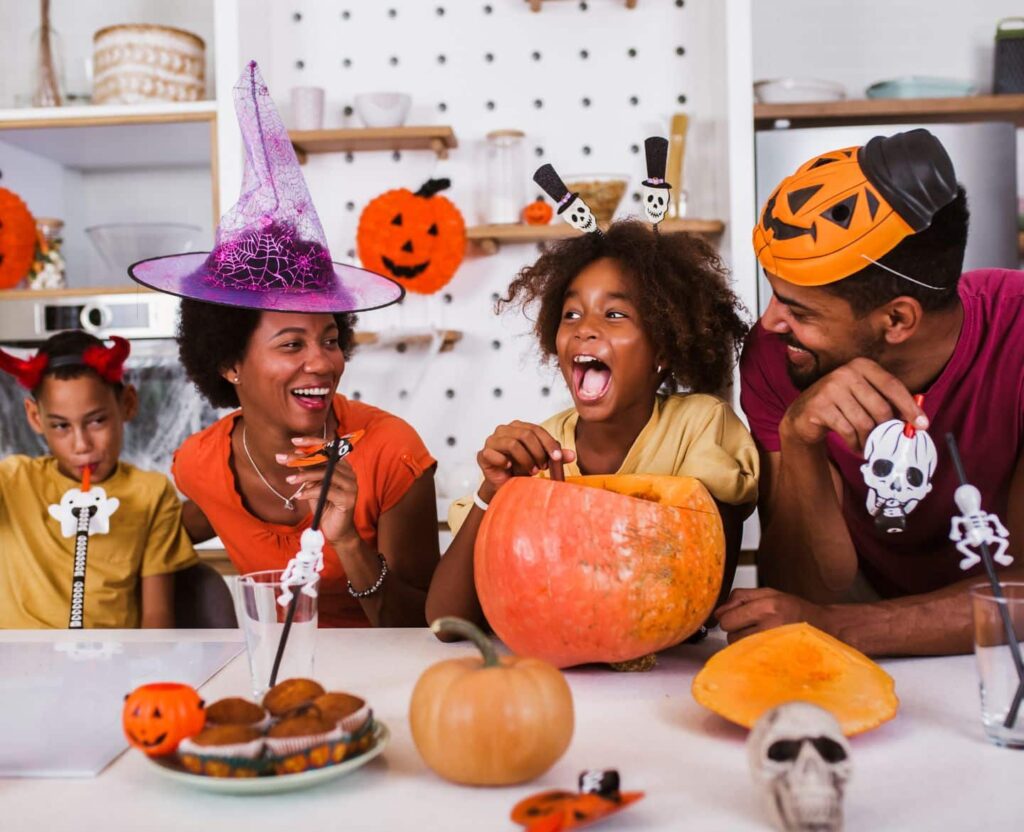
Thus, Halloween today is a mix of ancient Celtic, Roman, and Christian traditions, transformed into a secular celebration that retains elements of its supernatural origins.
Cultural and Religious Importance
Halloween or (All Hallows’ Eve) carries both cultural and religious importance, with its significance evolving through time and differing across societies. Its origins, rooted in ancient rituals, religious traditions, and social customs, make it a complex event with layers of meaning. Here’s a breakdown of its importance in various contexts:
Cultural Importance
Celebration of the Supernatural
Halloween is culturally recognized as a time when the supernatural world intersects with the living. Many of the customs that are practiced today, like costume-wearing, trick-or-treating, and carving pumpkins, derive from older practices meant to honor or protect oneself from spirits. Culturally, Halloween represents a space where people confront fears of death, the unknown, and the afterlife in a playful or communal manner.
Community Engagement In modern times, Halloween has grown into a major social event in many Western countries, particularly in the United States, Canada, and parts of Europe. Costume parties, haunted houses, and neighborhood trick-or-treating serve as opportunities for communal gathering and social interaction. This cultural shift from a sacred festival to a more secular and fun celebration is especially prominent today.
Expression of Identity Halloween allows for the expression of creativity and identity. Dressing up in costumes gives people the chance to play different roles, whether it’s through historical characters, mythical figures, or pop culture icons. This can foster a sense of freedom, humor, and collective enjoyment, making it a beloved holiday for both children and adults.
Economic Impact Halloween has a massive economic impact, particularly in countries like the United States. In the lead-up to the holiday, people spend billions on costumes, treats, decorations, and party supplies. Halloween is second only to Christmas in terms of consumer spending for decorations and seasonal items, indicating its cultural weight in modern society.
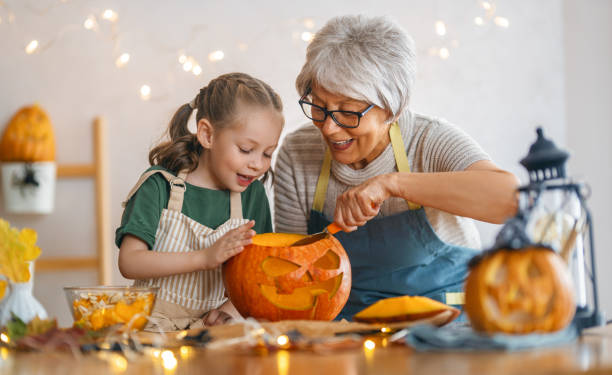
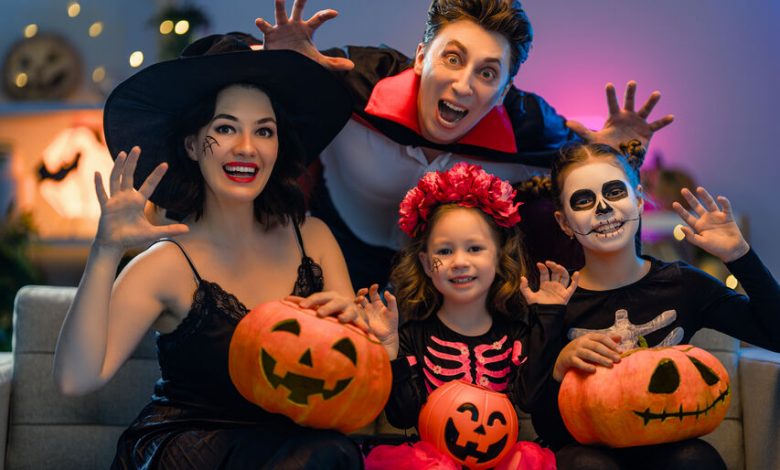
Religious Importance
Christian Observances
All Hallows’ Eve (Halloween) is followed by All Saints’ Day on November 1 and All Souls’ Day on November 2 in the Christian calendar. These are days for honoring the saints (the “hallowed”) and praying for the souls of the dead, especially those in purgatory. Halloween was initially a time for religious preparation and reflection on mortality and the afterlife.
In the Middle Ages, Christians celebrated Halloween with vigils, prayers, and fasting, as they believed it was a time to remember the faithful departed. The practices of dressing up as saints or performing acts of charity, like “souling,” were rooted in Christian beliefs about death and salvation.
Religious Syncretism The transition of Halloween from its Celtic pagan origins to a Christianized observance reflects a form of religious syncretism, where different traditions blend together. The Church aimed to subsume pagan festivals like Samhain into Christian practices by focusing on remembrance and reverence for saints and souls. However, despite these efforts, many of the older beliefs persisted, especially in rural areas, maintaining Halloween’s connection to the spiritual world and rituals related to the dead.
Contemporary Religious Views
Catholicism and Protestantism: For many Catholics, Halloween is still tied to the remembrance of saints and the dead. However, many Protestant denominations and more conservative Christians view Halloween with some suspicion, seeing it as too closely associated with paganism or occultism. Some churches even offer alternative celebrations, such as “harvest festivals” or “All Saints’ Day parties,” to distance themselves from the perceived commercial or pagan overtones of Halloween.
Evangelical Christian groups: Some evangelical groups discourage celebrating Halloween due to its perceived connections with witchcraft, the occult, and Satanism. Others focus on reclaiming the Christian heritage of All Saints’ Day, emphasizing it as a time of worship rather than participation in the secular aspects of Halloween.
Neopaganism: For modern pagans and Wiccans, Halloween (often referred to as Samhain) remains an important religious festival. It marks one of the eight sabbats in the Wheel of the Year, a time to celebrate the end of the harvest, honor ancestors, and recognize the cyclical nature of life, death, and rebirth. Rituals during Samhain may include lighting candles, casting protective circles, and communing with the dead.
Día de los Muertos (Day of the Dead) In Mexico and parts of Latin America, Halloween coincides with Día de los Muertos (Day of the Dead), a multi-day festival beginning on October 31 and culminating on November 2. Although distinct from Halloween, the holiday shares some similarities, such as the focus on honoring the dead and building altars (ofrendas) to welcome spirits back to the earth. However, Día de los Muertos has a more overtly religious and familial dimension, rooted in indigenous and Catholic practices, and is seen as a joyous celebration of life rather than a fear of death.
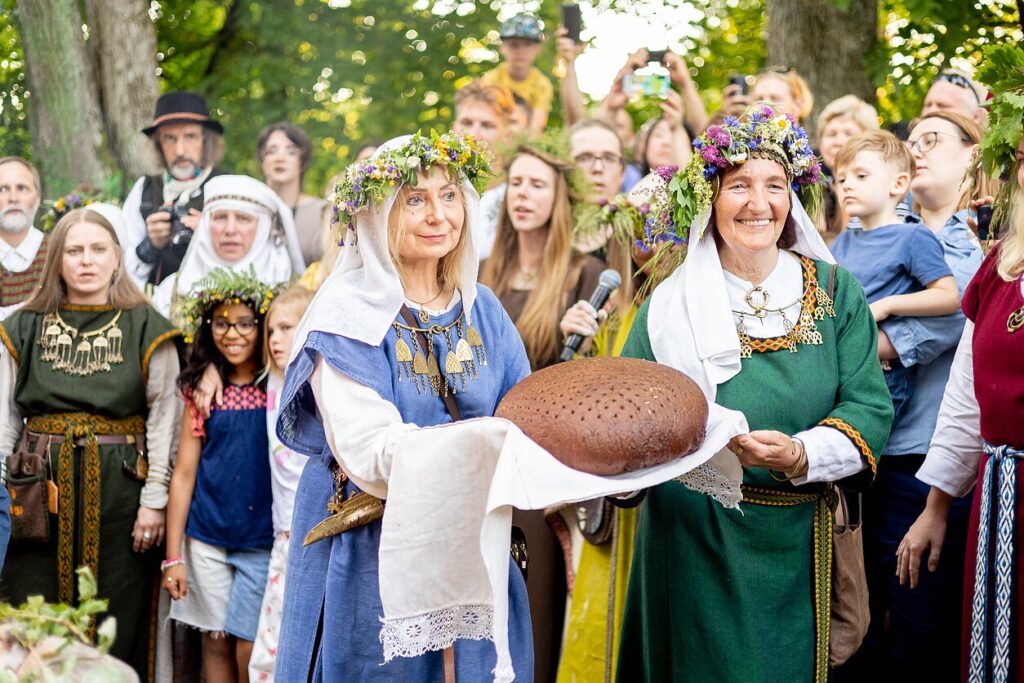
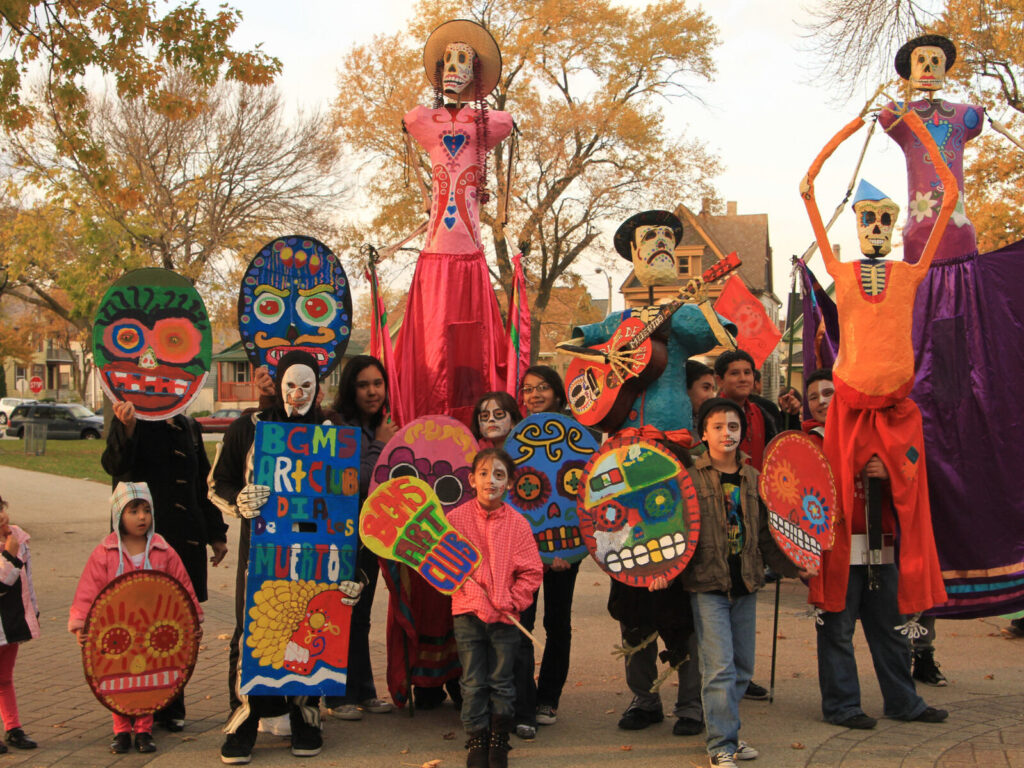
Conclusion: A Multifaceted Festival
Halloween’s cultural and religious importance varies by region and belief system. It acts as a bridge between the sacred and the secular, the pagan and the Christian, the old and the new. While it has largely become a commercial and fun event in many places, it still retains its deeper significance in religious communities, particularly for honoring the dead and reflecting on the afterlife. For some, it remains an important part of a spiritual calendar, while for others, it’s simply a time for celebration, creativity, and community-building
Why Celebrate All Hallows Eve: Appreciating Heritage and Community
All Hallows’ Eve, is more than a day of costumes and trick-or-treating -iIt carries deep cultural and historical significance that connects us to centuries-old traditions of remembrance, spirituality, and community bonding. Here’s why appreciating All Hallows’ Eve can help us better understand and value our heritage and foster a sense of community:
Honoring Heritage and Ancestral Traditions
Ancient Roots: Halloween traces its origins to the Celtic festival of Samhain, marking the end of the harvest season and the onset of winter. During this time, Celts believed the veil between the living and the dead was thinnest, making it a moment to honor ancestors and connect with the spirit world.
Christian Influence: The Christian observance of All Saints’ Day (November 1) and All Souls’ Day (November 2) carried this theme forward, encouraging reflection on the lives of saints and the departed, reminding us of the importance of heritage, memory, and the cycles of life and death.
Cultural Syncretism: All Hallows’ Eve beautifully blends various traditions—from Pagan rites to Christian customs—highlighting the evolving nature of cultural practices and how we inherit and adapt them across time.
Building Community Connections
Coming Together: Halloween is a community-centered celebration. The act of trick-or-treating, neighborhood parties, and communal events like parades or festivals offer opportunities for people to connect and bond. Sharing in the festivities can strengthen social ties and foster a sense of belonging.
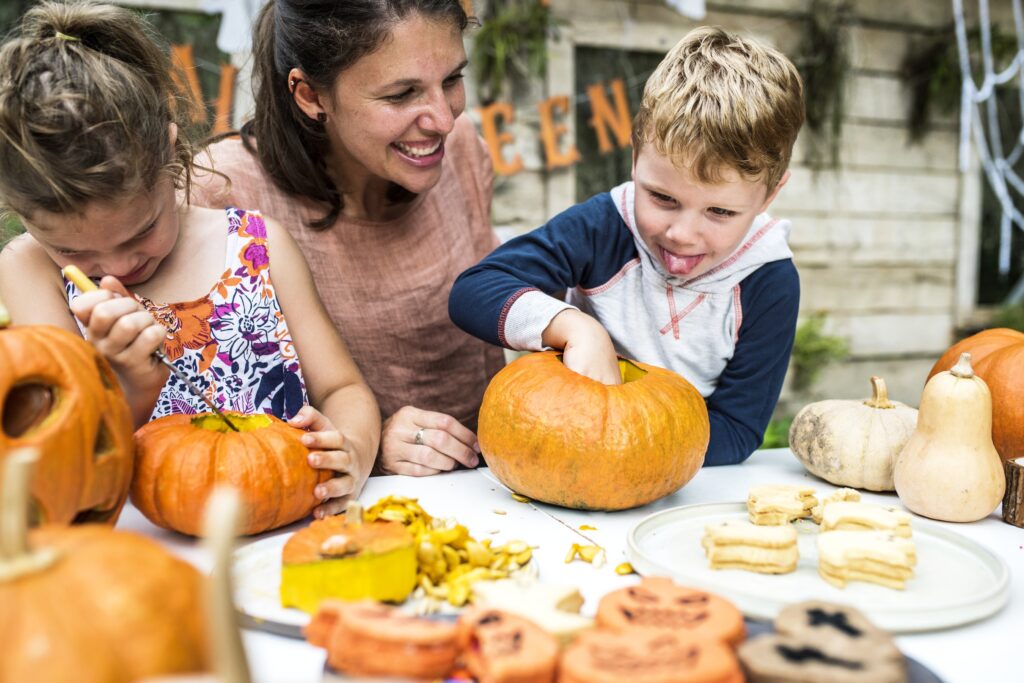

Intergenerational Bonding: Allows people of all ages to participate, bridging generational gaps. Whether it’s carving pumpkins together or sharing spooky stories, families and communities pass on traditions that younger generations can appreciate and keep alive.
Embracing the Balance of Light and Dark
Facing Fears: All Hallows’ Eve has long been associated with confronting fears of mortality and the unknown. Halloween traditions, like donning scary costumes or telling ghost stories, allow us to playfully engage with these themes, providing a cultural outlet for processing the darker aspects of human experience.
Celebration of Life: Through the dance of light and dark, Halloween ultimately becomes a celebration of life and the changing of seasons, mirroring the natural cycle of death and rebirth. This shared understanding unites communities in honoring the earth’s rhythms and the inevitability of change.
Sustaining Creativity and Imagination
Storytelling: Halloween encourages creativity through its focus on myth, folklore, and storytelling. Communities often come together to share eerie tales that have been passed down through generations, creating a collective cultural narrative.
Self-Expression: Whether through crafting unique costumes or decorating homes, Halloween offers a unique space for individual and communal expression. This nurtures creative collaboration and adds layers of personal and shared identity to the celebration.
“As an affiliate - I may receive a small commission when you click on a link and purchase an item“
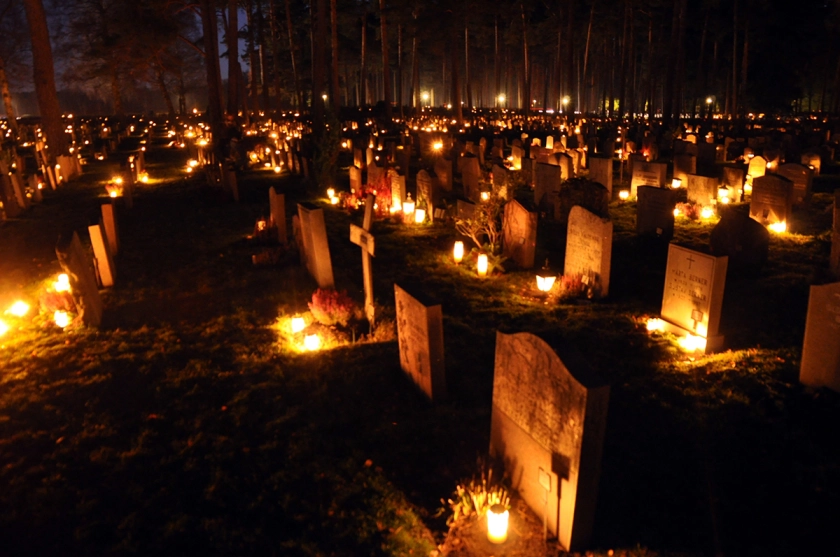
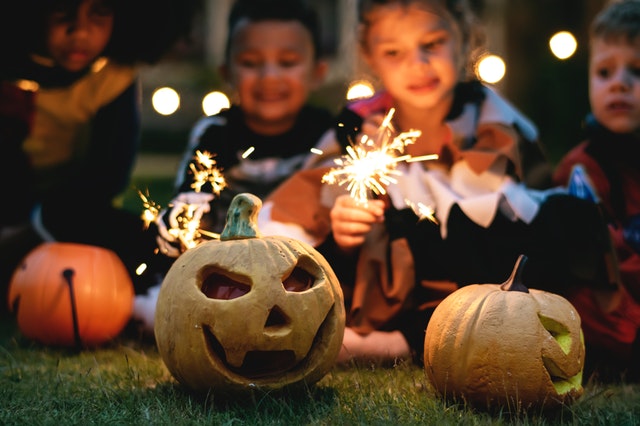
Tips for Creating an over all Memorable Celebration
Creating a memorable Halloween celebration involves embracing the fun of the holiday while ensuring that all guests, regardless of age, ability, or tradition, feel welcomed. Here are some ideas to help you achieve this in the comfort of your home:
Choosing the correct Themes and Costumes
Avoid offensive or culturally insensitive costumes, such as Nazi uniforms, or terrorist attire. Encourage guests to focus on fun, creative, or light-hearted themes instead of those based on stereotypes or vulgar creatures. Family friendly Halloween costumes are available through Amazon, and light hearted costumes can also be sourced online – learn more today. But, why not try a different take on costumes – look through these interesting finds at Etsy and buy them now.
Offer a costume code or theme that’s open to interpretation, such as “favorite fictional characters” or “classic monsters,” so that everyone can participate with a broader range of characters or ideas to choose from.
Sensory-Friendly Options
Provide sensory-sensitive areas or activities, such as low-noise zones or calm lighting for guests who may have a disability or be sensitive to flashing lights, loud sounds, or intense decorations. Look at these cute ambient halloween style lights for your party event.
Avoid overwhelming effects like strobe lights or extreme sound effects in key areas like entryways not to scare off guests, but instead opt for gentler décor and soundtracks that fit the Halloween vibe.
Make the Party Space Accessible
Ensure your venue is accessible to guests with mobility issues – such as the elderly who still like to participate – by providing ramps, clear paths, and seating options.
Use decor that’s visually impactful – without blocking paths or making it difficult for guests to navigate. Unique decor pieces including pet costumes can be bought at Etsy – get yours today. Other home decor is available here for your interest – clever ideas included. Prints and pictures of all kinds are seen right here – learn more about them.
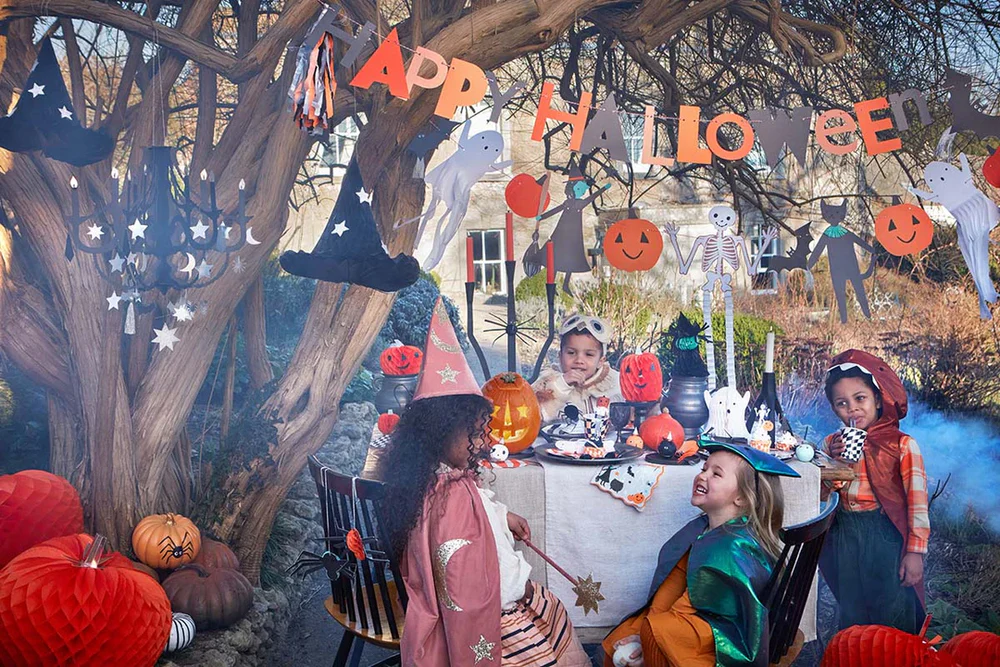
Offer a Variety of Activities
Plan a range of activities that are enjoyable for all guests, regardless of physical abilities or preferences. Include options like:
Pumpkin decorating (which is non-competitive and fun for all ages).
Halloween-themed trivia or crafting stations. Crafting stations or accessories are found here online today.
Spooky storytelling or movie screenings for those who prefer a more laid-back experience. Books about spooky stories for kids can be found online at Amazon, buy them here.
Non-competitive games such as scavenger hunts with multiple ways to participate (e.g., clue solving, photo-taking), preferably during the day, so it’s safer for all ages to navigate outside.
Extensive Treats and Drinks
Serve a diverse range of snacks and beverages (clearly labeled) that cater to different dietary needs (gluten-free, vegan, nut-free, etc.) if you are able to – or offer BYO to your guests.
Provide non-alcoholic beverage options for those who don’t drink alcohol or want alternatives. Fruit punch is a great crowd pleaser and is a popular alternative to alcohol. Assorted spooky punch bowls can be obtained within these selections.
Opt for Allergy-Friendly Treats
If your Halloween celebration includes trick-or-treating, offer allergy-friendly treats by participating in the Teal Pumpkin Project. Place a teal pumpkin at the door or on the table to indicate that you have non-food goodies available, like stickers, toys, or glow sticks, for children with food allergies. Stamps, stickers, toys or wands available also, buy yours today.
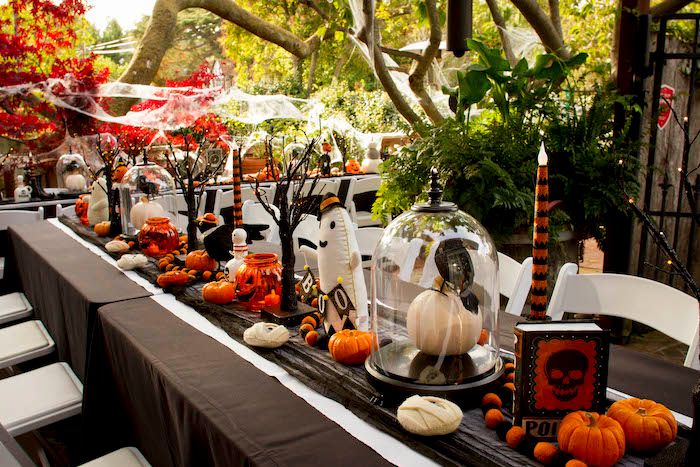
Mind the Spooky Factor
Not everyone enjoys the same level of “scare.” Have both mild and spookier areas or activities at the event so guests can choose what they’re comfortable with.
For a family-friendly event, balance traditional Halloween fun with age-appropriate activities and avoid overly terrifying decorations, for the little ones in particular.
Create a Welcoming Entrance
Make sure your entrance is inviting and easy to navigate. At night use lighting that’s spooky yet functional to ensure people can see where they’re walking. Indoor or outdoor decor is found online through Etsy’s wide selection of unique items.
Consider a costume contest with various categories like “most creative,” “funniest,” or “best group costume” to allow everyone to participate and feel celebrated. Assorted Adult costumes can be sourced through Etsy today. Children’s, are also bought online – take a look at what you can find here. And don’t forget to accessorize as well.
Offer Take-Home Favors
Provide party favors that suit all guests, like non-edible Halloween trinkets or customizable crafts. For adult guests, consider thoughtful keepsakes like candles, mini plants, or eco-friendly home made gifts or treats. Take home trinkets are located online at Amazon – look through these today.
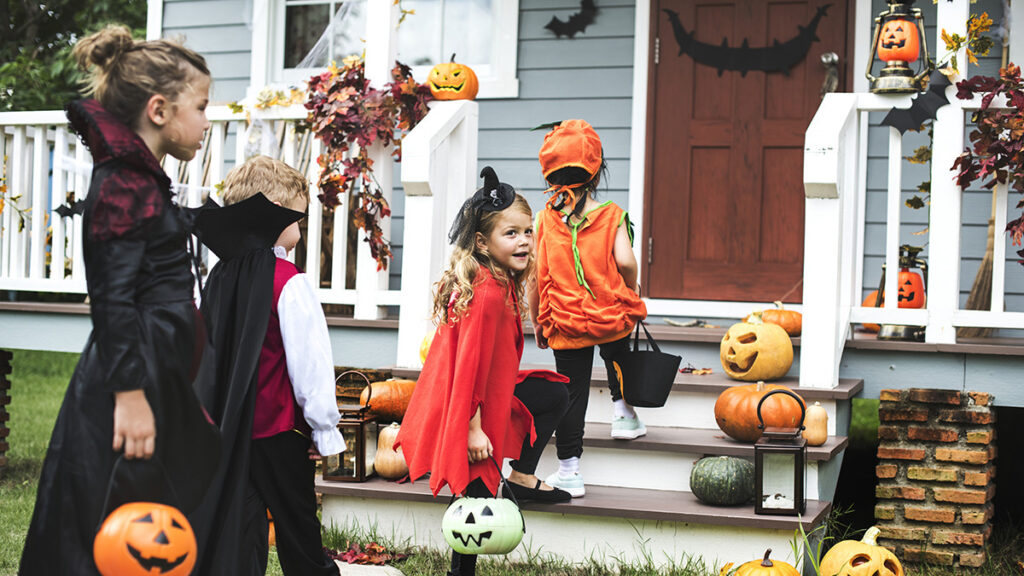
Respect Diverse Beliefs
Some folks may not celebrate Halloween for religious or personal reasons. If inviting a diverse group, ensure they know participation in certain activities is optional (like trick-or-treating or costume contests), and offer alternative ways for them to engage, such as helping with decor or enjoying a fun autumn-themed aspect of the event. Don’t take offence if someone rejects your invitation – they may just not feel comfortable attending but respect you for inviting them.
Ensure Everyone Has a Role
If hosting a large event, designate hosts or helpers who can make sure that new or shy guests feel included, such as neighbours or community groups. Activities like games or photo booths should be designed to encourage participation without forcing anyone to be in the spotlight.
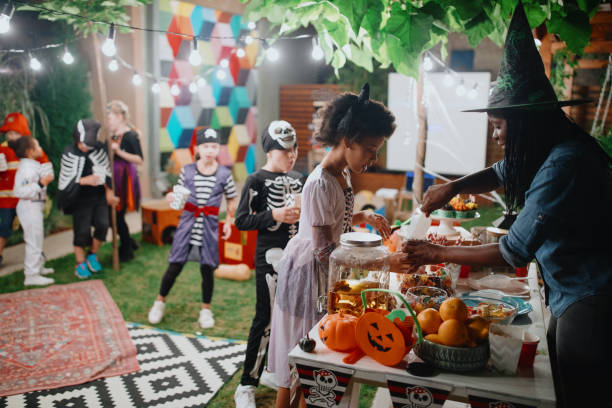
By planning a Halloween celebration that considers different sensitivities, preferences, and needs, you’ll create a fun, inclusive, and memorable experience for all your guests.
It’s that time of the year when celebrations of all kinds pop up and today we honour “all hallows eve” whatever your plans are to celebrate, or not – I have covered all aspects of this topic for everyone to enjoy.
Cheers, Helen
Feel free to leave a comment below or reach out through our socials:
https://www.facebook.com/vintageclothesandaccessorydesigns
https://www.instagram.com/vintageclothesandaccessories
